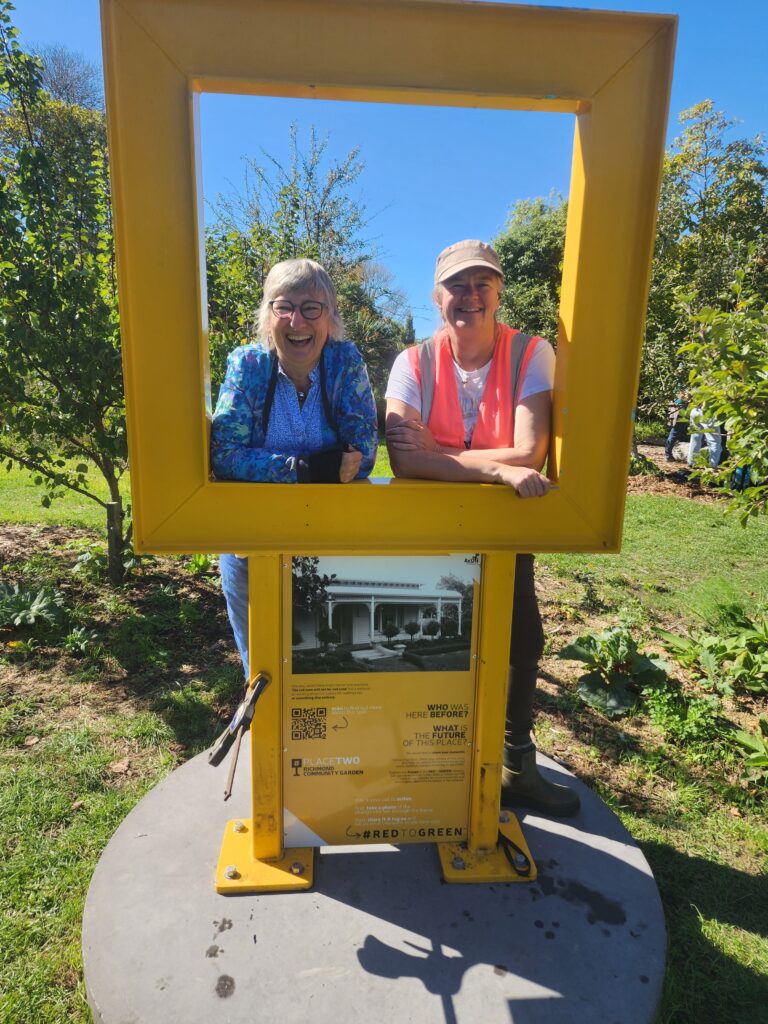
Ōtākaro Living Lab Oral Histories: A Community-Led Legacy of Regeneration
Since the devastating Canterbury earthquakes, the Ōtākaro Avon River Corridor has become a powerful symbol of resilience, regeneration, and community innovation. The Ōtākaro Living Lab Oral Histories Project, supported by Christchurch City Council’s Intangible Heritage Grant and guided by Emily Anderson of Origin Stories, captures and preserves the voices of those deeply involved in transforming this once red-zoned landscape into a beacon of possibility.
One such voice is Hayley Guglietta, a tireless community advocate and Network Manager for the Avon-Ōtākaro Network (AvON). In her interview, Hayley shares a deeply personal and strategic account of how grassroots leadership, long-term vision, and collaborative activism have helped reshape Richmond—a suburb severely impacted by the earthquakes.
Rising from the Rubble
After the earthquakes, Richmond lost a third of its population, six schools, and much of its economic vitality. Hayley, alongside others, began rebuilding community spirit by re-establishing a community garden near Avebury House. That initial action snowballed into the creation of the Richmond Community Garden Trust, the Riverlution Collective, and a wider ecosystem of environmental and social projects that now activate three acres of red zone land.
Their efforts have transformed abandoned space into a thriving hub of food production, native planting, education, and connection. From hosting large-scale events like the Richmond Spring Fair and Matariki in the Zone, to running sustainability workshops and social enterprises like the Riverlution Café and Precious Plastics programme, the impact has been profound.
Strategic Advocacy Through AvON
As the head of AvON, Hayley stepped into a leadership role following the passing of AvON co-founder Evan Smith. Her work has involved high-level advocacy with government, LINZ, and Christchurch City Council, championing a long-held vision: an uninterrupted City to Sea pathway, indigenous restoration, improved flood management, and genuine community-led development. This vision is now close to becoming legally protected and enshrined through a co-governance framework co-developed with mana whenua and civic leaders.
Looking Upstream
With the red zone’s momentum now established, AvON is shifting its lens from corridor to catchment. Hayley and her team are supporting new stream groups, filling governance gaps, and facilitating grassroots projects throughout the entire Ōtākaro catchment. This holistic approach acknowledges the interconnectedness of urbanisation, water quality, and community empowerment.
Ōtākaro Orchard: Growing a Resilient Food System
Hayley also plays a critical role in the Food Resilience Network (FRN), formed after the earthquakes revealed the fragility of food supply systems. The network, which coordinates over 120 groups, created Ōtākaro Orchard—a central city hub dedicated to sustainable urban food systems. The building, designed with permaculture and climate resilience in mind, will soon house a café, grocer, educational space, and shared offices to support food initiatives citywide.
FRN’s work aligns with Council climate goals, offering hands-on learning and supporting communities to grow local, nutritious food. Their urban farm (reviving Cultivate Christchurch’s old site) and partnerships with schools and tertiary institutions demonstrate how food systems can drive both environmental and social change.
Lessons for the World
Hayley’s key message to other cities facing disruption is clear: do the community building before disaster strikes. Christchurch’s ability to mobilise during COVID-19, for instance, was strengthened by networks forged post-quake. She emphasises the importance of trust, shared vision, and collaboration across different “lenses”—be it community, government, or technical agencies.
The red zone, she says, presents a rare opportunity on a global scale—5,000 homes removed, creating space for water cleansing systems, biodiversity, and adaptation. But for this to succeed, future governance must remain visionary and open to experimentation.
“Why do we need to manage retreat? Why can’t we live with adaptation? Let’s be innovative. Let’s be the exemplar.”
The Ōtākaro Living Lab oral histories ensure that the knowledge, pain, effort, and passion of community leaders like Hayley Guglietta are not forgotten. Instead, they become a legacy—one that can inspire communities here and abroad to reimagine their futures, even in the face of loss.
For all the interviews click below
